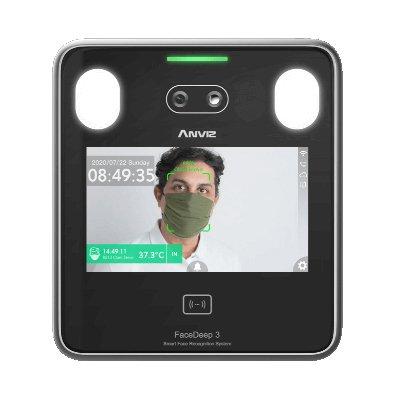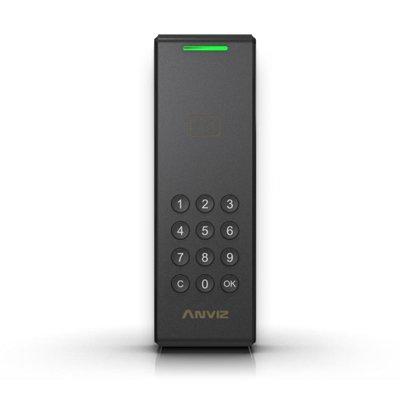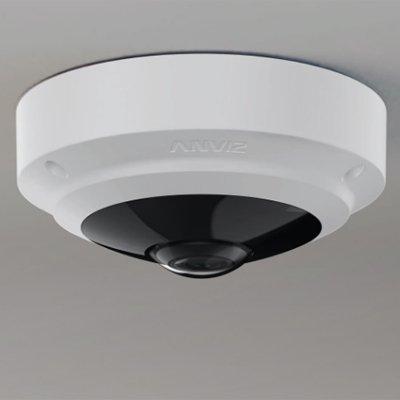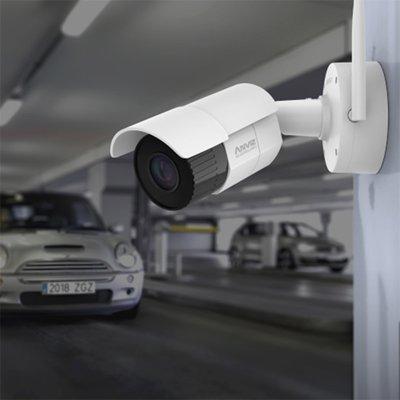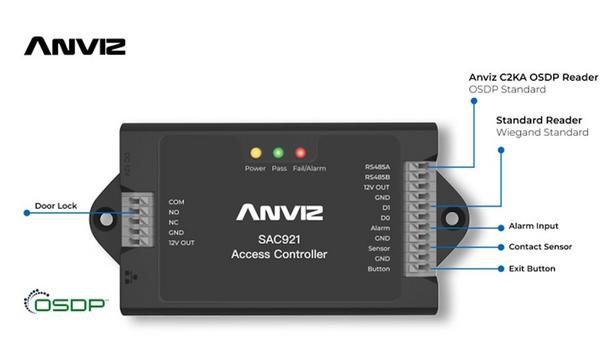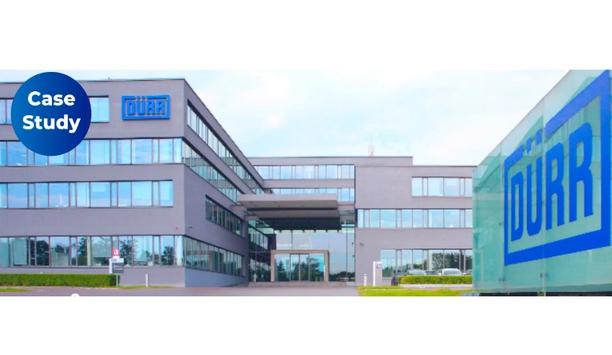
What’s new in command-and-control systems for security?
Editor Introduction
A software platform designed to centralise and manage various physical security systems within an organisation used to be called a PSIM (physical security information management) system. Generally speaking, however, the PSIM term has fallen out of favour because the systems were seen as expensive and difficult to manage. The phrase has been replaced by command-and-control, referring to software that combines access control, video surveillance, intrusion detection, and other systems into a unified platform. It’s a ripe area for innovation in the physical security space. We asked this week’s Expert Panel Roundtable: What’s new in command-and-control systems, and what is the impact?
Cloud-managed command-and-control systems are unlocking new levels of efficiency for security professionals. It’s easy to see why: these platforms and the solutions that feed into them make it easier to scale security deployments across large or complex use cases, connect data and devices to gain more situational context and, in turn, enable better decision-making. Centralised cloud management platforms are tied to a bigger conversation in the physical security industry: the transition from reactive to proactive. With the benefits that cloud platforms and solutions offer such as automatic firmware and software updates, security leaders can spend less time on tedious and manual tasks, and instead, focus on more proactive work. This could include implementing tools like real-time alerts, which security pioneers can use to anticipate a threat before it happens, or even expanding physical security deployments to support other areas of the business.
Command-and-control (C&C) systems are evolving rapidly, driven by advancements in artificial intelligence, machine learning, and cybersecurity. Modern C&C systems now feature enhanced automation and advanced analytics, allowing for faster and more accurate decision-making. These systems are increasingly integrating with advanced sensor networks and IoT devices, providing real-time data that enhances situational awareness. Newer access control solutions provide enhanced flexibility and scalability, allowing organisations to start small such as securing a single building, and expand as needed. The impact of these innovations is profound. Enhanced automation reduces the cognitive load on operators, allowing them to focus on critical tasks rather than routine monitoring. The integration of AI combined with human decision-making improves threat detection and response times, significantly enhancing operational efficiency and security. These advancements collectively strengthen the overall effectiveness of command-and-control systems across various verticals.
Today’s command-and-control centres face the challenges of managing large amounts of data, multiple systems, and rotating staff in 24/7 environments. With all this data, it can be difficult to share information efficiently and to distinguish genuine threats from routine events. More command-and-control centre teams are adding robust work management systems to address these challenges. When combined with a unified security platform, a modern work management system helps security teams streamline collaboration across departments and shifts. These systems are a go-to source for information on events, tasks, alerts, and reports. Real-time data sharing ensures that all stakeholders are aligned, improving situational awareness, and enabling faster, coordinated responses. A work management system can also automate the management of tasks and reports, reducing the demand for staff resources. Security teams can focus on their core responsibilities and improve public safety.
Recent years have brought with them numerous challenges for businesses, causing a heightened focus on efficiency, and ways to streamline operational systems and processes. Companies are continually aiming to maximise the value of their core platforms and the data they can extract from these platforms. Command-and-control systems that are rich in information about physical environments are no exception. As a result, customers are looking for these systems to add value far beyond traditional security capabilities, such as optimising area occupancy, improving energy efficiency, and enhancing business process efficiency via access to rich sets of data. The ability of these systems to act as a platform to unlock the value of a much broader physical ecosystem allows organisations to get more value out of an investment, that they have historically had to make purely for security reasons.
SaaS command-and-control cloud systems continue to evolve, bringing new capabilities and features that significantlyimpact the security of small and medium-sized businesses (SMBs).
1. Enhanced AI and Machine Learning Integration: the systems are increasingly incorporating advanced AI and machine learning algorithms to improve threat detection and response. These technologies enable more accurate anomaly detection, predictive analytics, and automated responses to potential security incidents.
2. Improved User Experience and Interfaces: User interfaces are becoming more intuitive and user-friendly, with dashboards that provide clear, actionable insights and alerts. Enhanced visualization tools help security teams quickly understand data and make informed decisions.
3. Enhanced Scalability and Flexibility: SaaS systems offer increased scalability, allowing SMBs to easily adjust their security infrastructure as their needs change. This flexibility is particularly useful for businesses experiencing growth or seasonal fluctuations.
4. Cost-Effectiveness: SaaS solutions reduce the need for substantial upfront investments in hardware and infrastructure. SMBs can benefit from a subscription-based model that offers predictable costs and avoids large capital expenditures. This makes advanced security solutions more accessible and affordable.
5. Remote Management Capabilities: Cloud-based systems allow SMBs to manage their security infrastructure remotely, which is especially beneficial for businesses with multiple locations or remote employees. This remote accessibility enhances operational flexibility and ensures continuous oversight.
Overall, SaaS command-and-control cloud systems are transforming security for SMBs by making advanced technologies more accessible, cost-effective, and manageable. These innovations help SMBs enhance their security posture, streamline operations, and respond more effectively to emerging threats.
Editor Summary
Artificial intelligence (AI) may have been the missing element in earlier command-and-control systems. AI certainly adds a new dimension to the management of multiple systems as a cohesive whole. Cloud-managed systems are also providing more information to manage the security of an enterprise.
Which feature would you prioritise when upgrading your command-and-control system?
Anviz Global Inc. products
Anviz Global Inc. news
Anviz (a business unit of Xthings Group, Inc.) has officially launched an OSDP (Open Supervisory Device Protocol)-enabled access control solution. The goal is simple: improve the shortcomings of legacy access control systems while enabling bi-directional, secure data interactions between systems and components. While communication standards ensure interoperability among diverse technologies designed and manufactured by global companies – evolving standards like OSDP allow the application...
2025 is likely to see further advancements in artificial intelligence, with potential impacts on various aspects of society, including the security industry. The new year will also require security professionals to adapt to changing market conditions and develop contingency plans for unforeseen events. Industry changes will accelerate and challenge everyone in the security market to keep up. Making specific predictions for the new year can be a struggle, but we asked our Expert Panel Roundtable:...
The pattern of veins in the hand contains unique information that can be used for identity. Blood flowing through veins in the human body can absorb light waves of specific wavelengths. Irradiating the human palm with near-infrared light waves yields an image of the vascular pattern. A venous distribution map can be processed and compared to pre-registered data to match and confirm identity. Palm vein biometrics The idea of palm vein biometrics goes back to the 1980s when pa...
Anviz Global Inc. white papers
Anviz Global Inc. case studies
When they talk about digitalisation, there is one topic that keeps coming up: Smart Office. Intelligent IoT solutions that makes the users’ everyday lives safer, more comfortable, and more efficient. Systems to centrally manage employees' access with no keys and physical cards - face recognition, manage employee time tracking, and secure office printing with the embedded face recognition reader, are now seen as state-of-the-art. Dürr, founded in 1896, is a mechanical and plant engine...
With the market constantly demanding security changes, Anviz has taken a bold step forward with the launch of the M7 Palm—a groundbreaking smart biometric access control terminal that harnesses the power of palm vein recognition technology. As the need for intelligence and security in building spaces continues to evolve, the demand for more compatible yet user-friendly access control solutions has never been stronger. The M7 Palm represents our answer to this challenge, offering a unique...
The Middle East has recently expanded its real estate market as the region's economy grows and urbanisation accelerates. This trend has led to an increasing demand for smart security, and the pace of digital intelligence change is gradually increasing. The security industry in the Middle East is rapidly growing, driven by the government's strong emphasis on national security and terrorism prevention. Centralised systems management Significant attention and investment have been directed towar...
Anviz Global Inc. videos
Expert commentary

Anviz Global Inc.
32920 Alvarado-Niles Rd Ste 220, Union City, CA 94587
Toll-free: +1-855-ANVIZ4U (855-268-4948)
Email: info@anviz.com
Anviz Singapore
16 Collyer Quay #12-01
Income@Raffles Singapore 049318
Email: info@anviz.com







